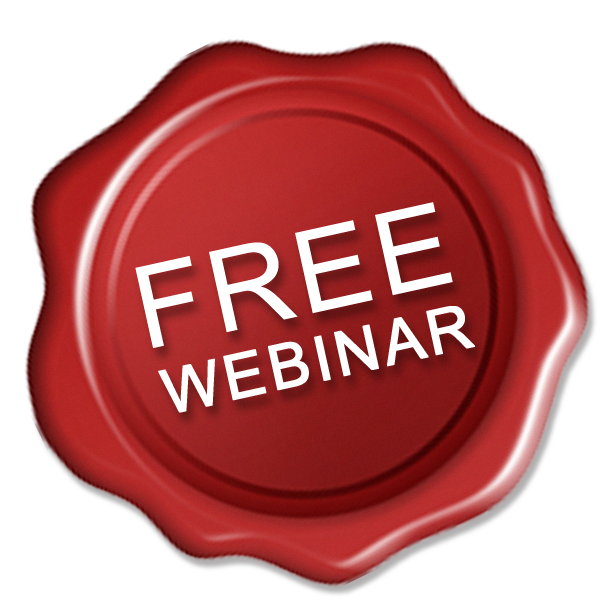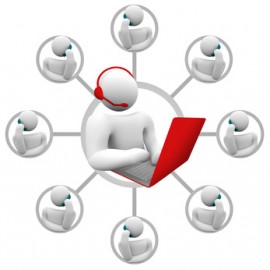Webinars are a great way to offer valuable and useful information to prospective customers while showcasing your brand or products. When planning a webinar, we often spend so much time perfecting the content and figuring out the technicalities (which tend to go wrong no matter how much we plan), that we forget to give enough attention to a few important things. Here’s a list of some of the things you shouldn’t overlook when planning your next webinar.
What are the time zone differences of participants?
One of the great things about webinars is the ability to connect simultaneously with persons all over the world. This, however, comes with some challenges – the main one being time zone differences. When determining what time to host your webinar, think about the best time for the majority of your likely audience then use a tool such as the Time Zone Converter or simply searching in Google for current times in different parts of the world. You may need to make some adjustments. Once you’ve finalized this, be sure to include the accurate times on your landing page and reminder emails.
What happens after the webinar?
One of the most common mistakes is that many people do not have a clear vision of what they should benefit from the webinar after the event is over. This is a classic case of putting the cart before the horse. Your webinar should have an end goal that directly ties back to your business objectives such as sales, subscriptions or exposure.
During the planning stage, you should also consider ways you can maximize your results from the webinar – this could include offering a discounted or free trial to the product you’re showcasing, inviting your new client leads (webinar attendees) to participate in a paid program, or, if you’re hosting a paid webinar, offer an incentive for previous attendees to refer others. The sooner you execute this phase after the webinar, the better results you will see – since it will still be fresh in their minds – so putting all the elements in place before the webinar is ideal.
Will you need a technical assistant?
The short answer is yes, even if you don’t think so. If you’re comfortable with technology and you’re used to working alone, you will be very tempted to execute this by yourself. Unfortunately, Murphy’s Law seems to have been conceptualized to define webinars – everything that can go wrong tends to go wrong. It will prove challenging to fluently speak on your topic, run your slides, take questions through chat and deal with any technical concerns as they arise. It is highly recommended, therefore, that you have a secondary person present to moderate while the main speaker is presenting. Of course, if you’re simply hosting the webinar with an invited guest doing most of the presenting, the moderator and technical person can be you.
Do you have a comprehensive backup plan?
Remember my earlier tip about Murphy’s Law? Well it applies here too. When you have hundreds, or even thousands, of people listening to your every word for only a limited time, you need to maximize every minute. A few unfortunate and unexpected things that can happen include poor audio, slideshows not being viewable to attendees or intermittent disconnections due to network, power or computer failure. The best way to prevent this from happening is to have contingencies – a secondary computer logged with administrative privileges from a different Internet network, extra laptop batteries or a reliable mobile device, if you’re using a premium tool like ClickWebinar which has Android or iOS apps for broadcasting from devices. You should also make note of your phone in number in case you lose all Internet connection.
Are your devices on silent or turned off during the webinar?
It’s the first thing we do when we go to speak at a conference, yet we somehow seem to forget it when it comes to those of a virtual nature. Nothing is more jarring than a loud ringtone in the middle of an engaging session. Of course, if it does happen, you can always say you planned it – but we’ve all heard that before.
Have you turned off all computer alerts and pop-ups?
Some webinar tools, offer the ability to share your desktop screen for facilitating live demonstrations and other types of presentations. Now wouldn’t it be embarrassing for a message to pop up at that precise moment during your screencast from your colleague, “Jackie,” telling you about the thing that her boss does with the fork that grosses her out? Exactly! The best way to prevent such moments is to completely close all programs and background applications that are unrelated to the webinar. Additionally, you may want to hide your Bookmarks Bar and desktop icons and change your desktop background, if you have personal information there as well.
Will viewers be able to capture information easily?
It’s very likely that your viewers will be taking notes during your presentation – even if you promise to provide the slides or a follow-up email with details. Hence, it is important that you include two things in your slides along with your main points – names and links. Accurate spelling of these is essential to maximizing the benefits you and your viewers get from the webinar. Persons will be researching and referencing notes on your speaker, your brand and any tools you recommend so it’s important that this information is clearly written, as opposed to just spoken. If you weren’t able to include it in your slides – for example, it was provided during your Q&A, then note it in the chat window for viewers.
Have you clicked record (even if you don’t plan to publish it)?
Recording your webinar and making it available to persons who didn’t get to attend live can be a good thing. Only about 42% of registrants typically join a live webinar, while an extra 25% will watch the replay, if provided. If for some reason, however, you don’t wish to publish a recorded version of your webinar, it’s still beneficial to record it. Not only is it a great way to review your own performance for improvement (that’s how you become a webinar superstar), but it can also be a great addition to a portfolio or business archive.
To sum it all up: webinars can be complex and tricky, especially when you’re doing it the first few times – but with a bit of preparation and imagining how you would execute a live presentation, you will cover your bases and be ready for almost anything.
Thanks for reading this article. If you're new here, why don't you subscribe for regular updates via RSS feed or via email. You can also subscribe by following @techsling on Twitter or becoming our fan on Facebook. Thanks for visiting!




















































































































































































